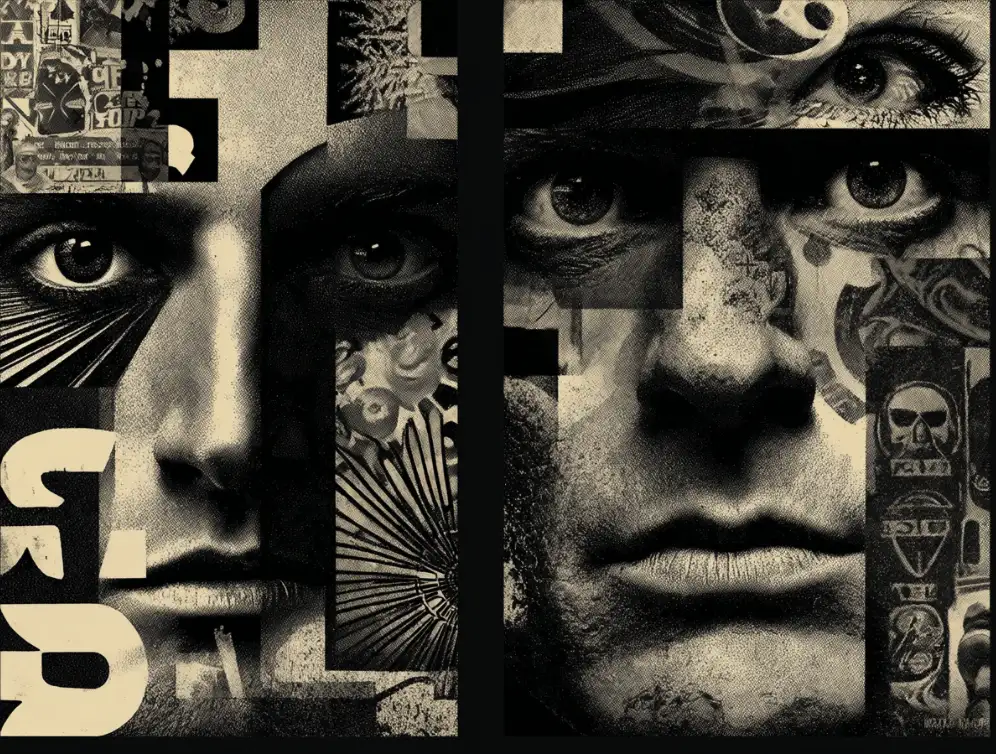GPT-5 vs. Grok: Redefining the Landscape of AI Collaboration
Artificial intelligence has entered a new competitive chapter. While much attention has been directed at OpenAI’s GPT-5, another contender has been steadily carving out its niche—Grok, the conversational AI developed by xAI, Elon Musk’s AI venture. The rivalry between these systems is not simply about raw language capabilities; it represents two diverging philosophies of how AI could collaborate with humans in the near future.

The Different Lineages Behind GPT-5 and Grok
OpenAI and the GPT Heritage
OpenAI’s GPT line has dominated public and enterprise use cases since the release of ChatGPT in late 2022. Each iteration extended the model’s reasoning capacity, flexibility, and integration potential. As of GPT-4.1 and GPT-4.5 (commonly referred to as GPT-4 Turbo), users have experienced major gains in context length, multimodal input handling, and speed. GPT-5, anticipated in 2025, is rumored to bring even stronger reasoning abilities, improved factual accuracy, and deeper tool integrations (TechRadar, July 2024).
Grok and the Musk Philosophy
Grok, by contrast, reflects Elon Musk’s pursuit of what he calls "maximally truth-seeking AI." Instead of designing the model solely to be a productivity assistant, Grok places an emphasis on contrarian answers, humor, and cultural commentary, aiming to stand out in a market dominated by OpenAI, Anthropic, and Google (xAI Blog). Since its launch in late 2023, Grok has been tightly integrated with X (formerly Twitter), leveraging real-time data streams to provide answers linked with live events.
Different Approaches to Collaboration
GPT-5: Precision and Enterprise Integration
For OpenAI, collaboration means seamless productivity support: generating reports, coding assistance, drafting legal summaries, and supporting workplace communication. Microsoft’s deep integration of GPT models into Copilot suggests that GPT-5 is positioned as an enterprise-grade tool, capable of handling sensitive data, advanced reasoning, and cognitive automation. In short: GPT-5 aims to be the serious, professional partner for knowledge work.
Grok: Conversational Edge and Cultural Commentary
Grok, on the other hand, positions itself more like a digital co-pilot for creativity and dialogue, particularly in cultural and social spaces. Its direct pipeline into X allows it to engage with conversations in real-time, offering commentary, debate, and even humor. This lends Grok a different kind of collaborative edge—closer to a sparring partner than a productivity assistant.
Who Benefits from Each?
- For professionals and enterprises: GPT-5 may become the default choice, especially in companies already tied into Microsoft ecosystems. The model’s expected leaps in accuracy and integration make it a safer bet for critical workflows.
- For individual creators and cultural commentators: Grok offers an almost provocative AI personality, designed for fast-moving dialogue around politics, memes, and digital culture.

Collaboration Beyond Competition
Instead of framing GPT-5 vs. Grok purely as rivals, it may be more accurate to see them as two complementary visions of AI collaboration. GPT-5 emphasizes depth, accuracy, and professional trust, while Grok highlights openness, irreverence, and cultural responsiveness.
In practice, many users could find themselves alternating between both: using GPT-5 for work-related tasks, while turning to Grok for creative brainstorming or social engagement. This dual reality reflects a broader trend: AI is fragmenting into specialized “personalities”, each tuned to particular human needs.

